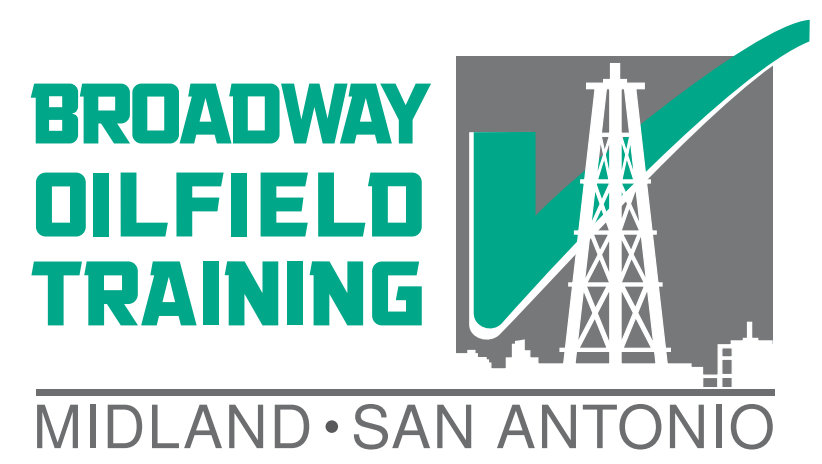5 H2S Facts to Check
Plus: one bonus API compliance measure for your San Antonio H2S program.
Hydrogen sulfide is well known as one of the most harmful natural chemicals associated with oil and gas production. Governmental and industry groups such as OSHA, ANSI, and API have all set standards, regulations or recommended practices for dealing with operations involving H2S. San Antonio operators have a duty to ensure that their operations and training programs comply with the recommendations of these and other bodies. Not all San Antonio H2S training programs meet all of the ANSI recommendations and of those that do, only a handful that are geared toward oil and gas will also meet API recommendations. In San Antonio, and across Texas, operators also must ensure that they comply with Railroad Commission Rule 36, which concerns hydrogen sulfide operations. Is your training plan keeping your workers aware of everything they need to know to work safe in the Eagle Ford? Here’s five quick quiz points to help check if you’re complying with TXRRC Rule 36:
- Radius of exposure
The radius of exposure, calculated at 100 PPM of H2S in the air based on a possible release, determines the potential level of H2S severity as determined by Rule 36. Is an onsite supervisor calculating this before start of operations? Or has an engineer provided him the radius of exposure numbers to post? The radius of exposure is needed for filing form H9 with the Railroad Commission and it’s also needed when you put together your contingency plans.
- Contingency plans
In most cases, when your 100 PPM radius of exposure encroaches into a public area—or if the radius is larger than 3000 feet– you will need to put together a contingency plan to alert and protect the public in case of a release. This is similar to the public protection plans required by BLM order 6 for those operators familiar with working on federal lands.
- Regular Drills
One of the most overlooked components of the H2S operation are drills. TXRRC Rule 36 requires routine drills for all well site personnel including the use of safety equipment at frequent intervals. API also strongly recommends drills and BLM order 6 requires weekly H2S drills—the same interval as BOP drills–BLM’s seem to make the most sense considering that any well control incident could potentially become an H2S response incident as well.
- Effects on metals
In addition to all personnel knowing the effects H2S on the body, under Rule 36 supervisors must also understand the effect of H2S on metals. Well control includes the control of all fluids that might be produced from a formation and a supervisor must be able to ensure that the well control equipment is rated to handle H2S gas.
- Appropriate supervision
For those well sites where H2S exposures are considered the most severe, the supervisor must be on site 24 hours per day to respond to any situation. Do you have one supervisor chasing two rigs miles apart? He might be complaining about all the extra driving but if contingency plans are required for both rigs you might be out of compliance as well.
Bonus API Compliance Check: Sulfur Dioxide
Diverting and flaring H2S produces Sulfur Dioxide, or SO2. SO2 cannot be considered less toxic than H2S based on exposure limits and its properties are different. As such API in its RP 49, Recommended Practices for operations involving hydrogen sulfide recommend an equal level of awareness for the properties of Sulfur Dioxide. If your workers are coming back from H2S training and aren’t familiar with SO2 then it’s likely the training didn’t meet API recommended practice. It is also recommended that workers going to wellsites with the potential for hydrogen sulfide exposure should also have first aid and CPR training. CPR training is recommended under both the API and RRC guidelines.
Recommended Courses: Free online H2S class
Notice: Article is provided as is and for informational use only. Eagle Ford Training San Antonio, its owners, instructors, and affiliates hereto referred as the company shall have no liability for and you shall defend, indemnify and hold harmless from and against any claim loss demand, liability, obligation, and expense based upon any injury or damage, spill or pollution, product liability, or any other loss that may occur. The liability for the use of information is solely yours notwithstanding any act of error or omission by the company.
